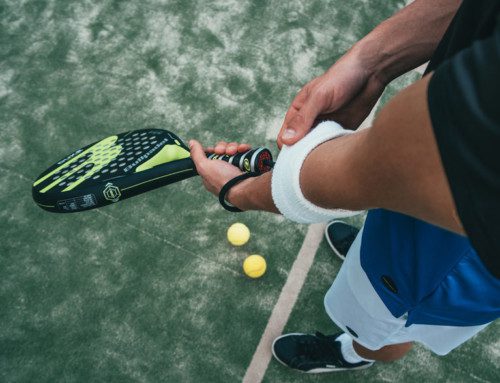The anterior cruciate ligament (ACL) is a widely referenced ligament, especially in sports-related knee injuries. It provides stability to the knee during fast-paced and multidirectional activities, such as running, cutting, and jumping.
Contact vs. Non-Contact ACL Injuries
In most cases, an ACL injury can be categorized as either a contact injury or a non-contact injury. An ACL rupture due to a contact injury is difficult to prevent and usually occurs when another player contacts the knee, abruptly forcing it inward.
Non-contact ACL injuries account for up to 70 percent of all ACL injuries and can sometimes be prevented. The two most frequent positions that cause an ACL to rupture are:
- Hyperextension of the knee while the foot is planted
- Allowing the knee to drop inward while the hips and foot are moving in opposite directions of the knee
A ruptured ACL doesn’t always require surgery. Many patients function fully without surgery and return to the prior levels of activity with no restriction or pain. A good, thorough rehabilitation program, with careful guidance from your physical therapist, is essential to recovering from an ACL injury, whether or not surgery is involved.
Post-Operative ACL Management
If surgery is required, there are many protocols available to aid in the recovery process; however, the concepts behind them are all similar. Your rehabilitation will vary depending upon whether you also had a meniscus repair or another ligament repaired, such as the MCL, LCL, or PCL. Furthermore, the type of graft used, whether a cadaver ACL, part of your hamstring, or part of your patellar tendon, should be considered. Your surgeon will provide you with a detailed protocol depending upon the damage sustained and structures repaired.
Rehabilitation after an ACL repair is a long, but well-developed process. Many doctors have their own specific protocol for their expectations and goals, which they will provide before you begin physical therapy.
The protocol is divided into five phases, structured after the weeks that follow the surgery:
Phase I: weeks 0-2, immediate post-operative
- Focus on pain-management and reducing swelling
- Establish initial range of motion in flexion and extension
- Initiate quadriceps activation
Phase II: weeks 2-4
- Reduce residual swelling
- Focus on full passive range of motion
- Initiate and progress quadriceps and hamstring strengthening
Phase III: weeks 4-12
- Regain full range of motion
- Progress strengthening of all leg muscles
- Initiate and progress balance training
Phase IV: month 3-6
- Initiate plyometrics and more complex dynamic strengthening (if cleared by PT and doctor)
Phase V: month 6+, return to sport
- Focus on sport-specific motions and activities
Again, many doctors have their own specific protocols that will outline their plan for your progress.
Post-operative ACL rehabilitation is a constant process of re-evaluation. Your protocol may vary and change depending on your progress.
Schedule an Appointment with a SetPT Physical Therapist
If you are scheduled for an ACL reconstruction, it is a good idea to consult with a SetPT Physical Therapist before your surgery to establish your goals, learn some pre- and post-operative exercises, and familiarize yourself with the rehabilitation process.
Our physical therapy treatment programs are tailored to get our patients back to doing the daily activities they love. They focus on decreasing pain and discomfort, increasing range of motion, and helping you to prevent future injuries. Request your appointment today or let us know if you have any additional questions we can help you answer.





